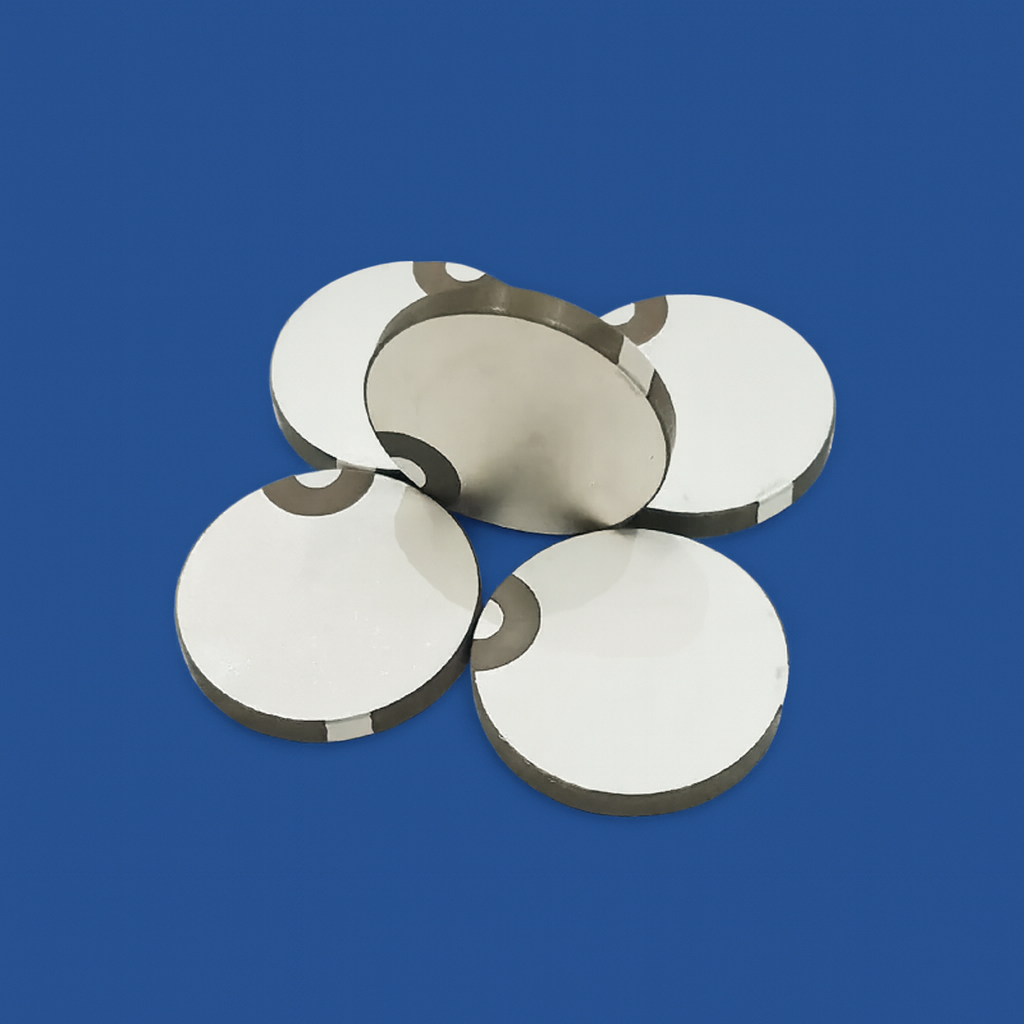Keys to Thermal Management

Thermal Management in Photonic Systems: Principles and Practices
Thermal management is a critical design and operational consideration in photonic systems, including high-Q optical resonators, ultra-narrow linewidth lasers, and integrated photonic circuits. Even slight temperature fluctuations can cause significant shifts in optical frequencies, degrade noise performance, and introduce mechanical instabilities that undermine system precision.
Why Thermal Effects Matter
The performance of photonic devices is highly sensitive to temperature changes for several reasons:
- Thermo-optic Effect: Most photonic materials, such as silica, calcium fluoride, and magnesium fluoride, exhibit a temperature-dependent refractive index. This means that even minor temperature changes can alter the effective optical path length in a resonator or waveguide, shifting the resonance frequency.
- Thermal Expansion: Physical expansion or contraction of materials changes the cavity geometry—particularly resonator diameter—which can further shift resonance frequencies and degrade the Q factor.
- Mode Hopping and Instability: In lasers, changes in cavity length caused by temperature fluctuations can lead to mode hopping and broadened linewidths, complicating stable operation in applications like atomic clocks, quantum sensing, or high-coherence optical communications.
Challenges of Thermal Noise
Thermal noise, also known as Johnson–Nyquist noise, arises from random thermal motion of electrons within a conductor and can directly impact photodetectors and amplifiers. While thermal noise is often overshadowed by shot noise in optical systems, it becomes especially important when measuring ultra-low noise signals—such as in relative intensity noise (RIN) or phase noise testing. In these scenarios, the thermal noise sets a fundamental noise floor that must be carefully managed.
Techniques for Thermal Management
To maintain photonic system stability, several thermal management techniques are employed:
- Active Temperature Control:
Thermoelectric coolers (TECs), also known as Peltier devices, are widely used to stabilize the temperature of laser modules and resonators. By actively heating or cooling to maintain a set temperature, TECs help ensure stable optical frequencies and prevent drift. - Environmental Isolation:
Housing photonic components in temperature-controlled enclosures minimizes the influence of external temperature variations. Many high-precision labs maintain temperature-stabilized environments within ±0.01°C to ensure maximum stability. - Low Thermal Expansion Materials:
Optical resonators made from materials with low thermal expansion coefficients (such as ULE glass, fused silica, or crystalline materials) exhibit reduced sensitivity to temperature-induced dimension changes. - Thermal Simulation and Modeling:
Finite element analysis (FEA) software can model the thermal behavior of complex photonic systems, revealing “hot spots” and helping to optimize heat sink design and placement of thermal sensors. - Passive Heat Dissipation:
Heat sinks and metal enclosures aid in passive heat management, helping to distribute and dissipate localized heating from lasers or high-power optical amplifiers.
At OEwaves, ultra-high Q whispering gallery mode resonators (WGMRs) are crafted from crystalline materials with excellent thermal properties, offering exceptional frequency stability even under minor environmental fluctuations. By pairing these with active TEC stabilization, resonators maintain their narrow bandwidth and long field storage time—key factors for applications such as low-noise RF photonic oscillators and ultra-stable laser sources.
Similarly, in photonic integrated circuits (PICs), thermal tuning elements are often integrated directly on the chip. These heaters enable precise wavelength alignment in dense wavelength-division multiplexing (DWDM) applications while simultaneously serving as active thermal stabilizers to combat environmental drift.
Looking Ahead
As photonic systems move into even more demanding applications, from quantum computing to high-speed telecom networks, thermal management will continue to play a pivotal role. Emerging materials with engineered thermo-optic properties, advanced hybrid integration of cooling structures, and smarter thermal monitoring will be essential to achieve the next frontier of photonic performance.
Whether it’s a lab-scale ultra-stable laser or a deployed optical communication system, managing thermal effects is not just an engineering afterthought—it’s at the core of ensuring photonic excellence and enabling the technologies of tomorrow.
%20(1).png)

%20(3).jpg)
%20(1).jpg)

